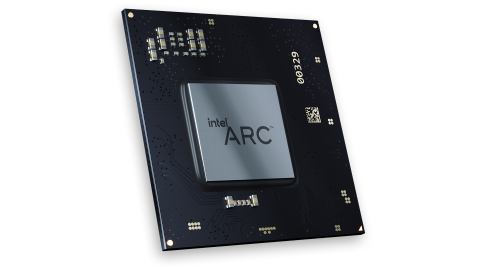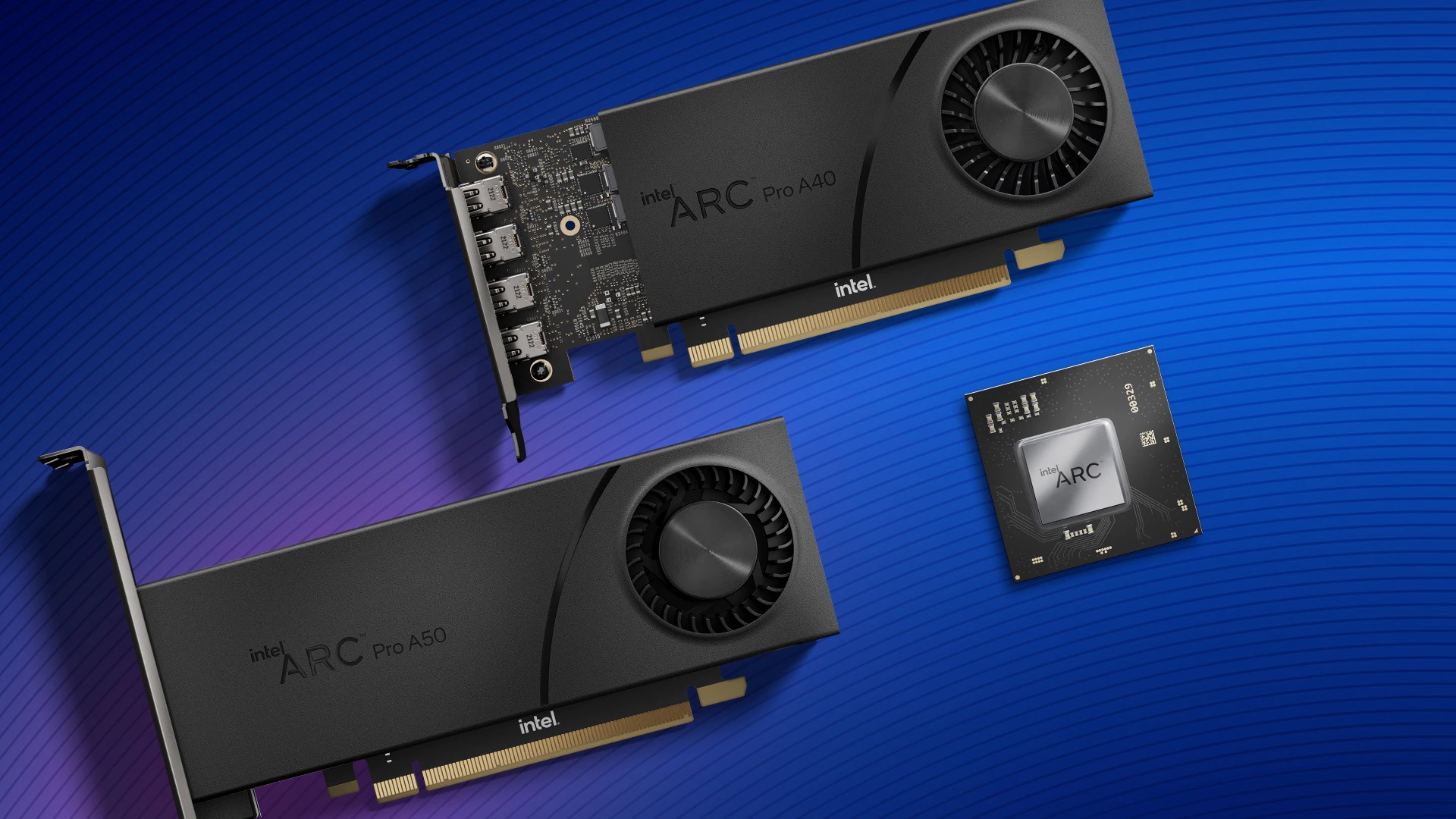When Intel unveiled the Arc branding for its high-performance consumer graphics devices last year, it used games to show off the capabilities of the line’s GPUs. The latest Arc GPUs from the company, however, were created for desktop and mobile workstations running programmes like Adobe Premiere Pro, Handbrake, and DaVinci Resolve Studio, not at all for gaming. Three versions make up Intel’s initial Arc Pro portfolio, with the Arc Pro A40 featuring a “tiny, single-slot form factor.” The Arc Pro A30M was designed exclusively for laptops, but the Arc Pro A50 is an upgrade and has a larger dual-slot shape.

All three models have ray tracing and machine learning capabilities built in, however their main features vary slightly from one another. For example, the A40 and A30M have 3.50 teraflops of graphics processing capacity, whereas the A50 has 4.80 teraflops. Both desktop models have 6GB of memory, compared to 4GB for the laptop model. Additionally, all models enable AV1 hardware encoding acceleration, which Intel claims to be a first in the sector. The new GPUs can support up to four 60 Hz 4K displays, one 5K monitor with a refresh rate of 240 Hz, two 5K displays with a refresh rate of 120 Hz, and two 8K displays with a refresh rate of 60 Hz. They also include four mini-display connections. These new discrete GPUs for workstations won’t be cheap, but Intel has indicated they will start to become available later this year “from key mobile and desktop ecosystem partners.”



